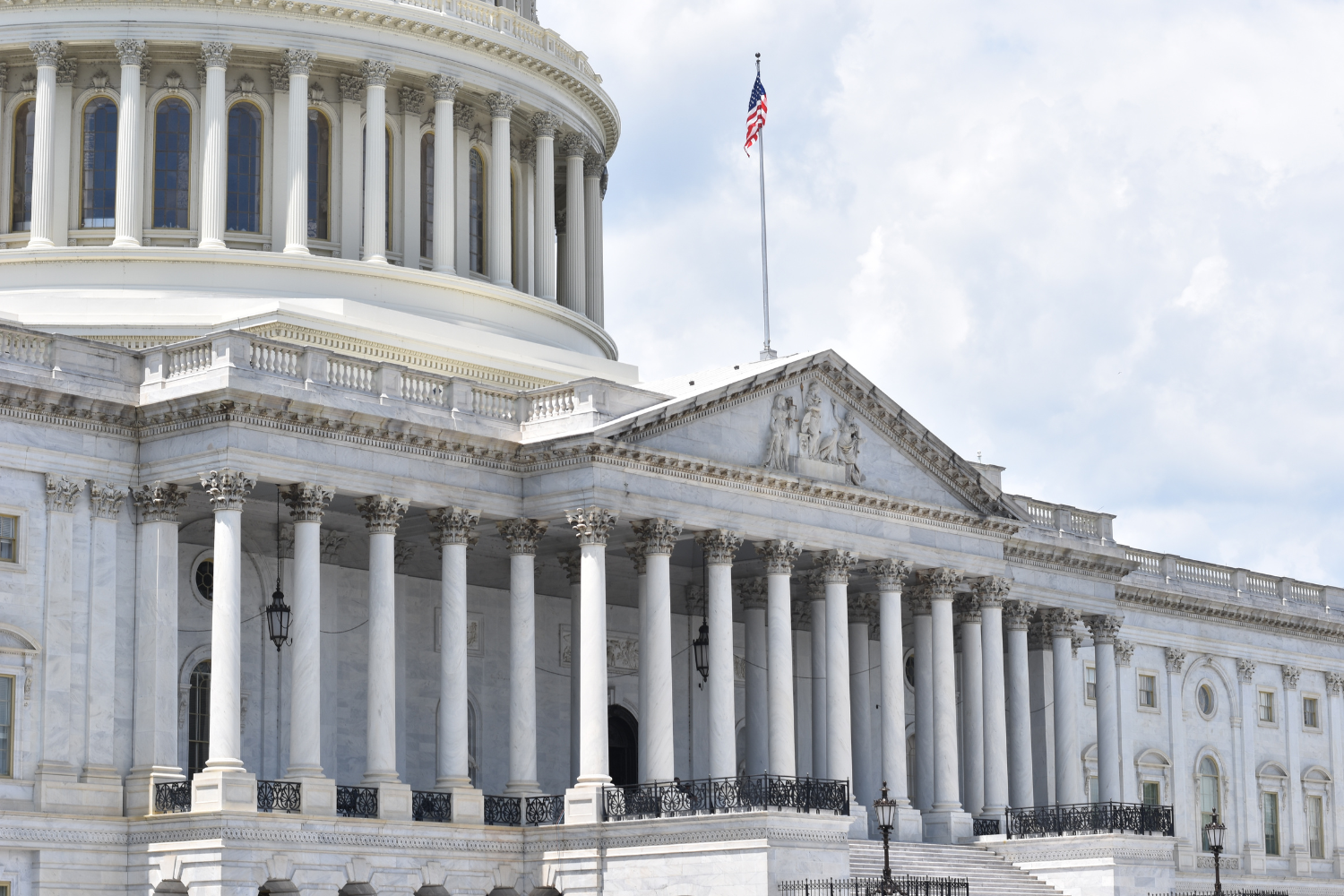The views and opinions expressed in this post are those of the author and do not necessarily reflect the official policy or position of the American College of Osteopathic Family Physicians (ACOFP). The organization does not endorse or assume responsibility for any information, perspective, or conclusion presented in this content.
A Life-Changing Medication in Transition
As a third-year medical student, I’ve witnessed the incredible impact of GLP-1 receptor agonists (RAs) on patients managing obesity, type 2 diabetes, and other related comorbidities. These medications have transformed lives, helping patients achieve better health outcomes and regain confidence and hope.
However, the recent FDA decision to end compounding for GLP-1 RAs has caused concern among patients and healthcare providers. While this decision aims to ensure safety and quality, it raises pressing questions about accessibility and affordability. For years, compounded GLP-1 RAs offered a more affordable alternative for patients whose insurance didn’t cover the high costs of brand-name drugs. Now, patients must transition to FDA-approved options, a shift that may create unintended consequences for access and availability.
The Patient Perspective: Fear and Uncertainty
For many patients, compounded GLP-1 RAs provided an accessible pathway to managing their chronic conditions. Now that this option is no longer available, I’ve seen a growing sense of fear among patients. Many worry about whether they can afford the FDA-approved medications or whether they’ll be able to access them at all.
The anxiety stems not just from financial barriers but also from a lack of clarity about how the healthcare system will handle this transition. Patients who have made significant progress—lowering their HbA1c, achieving weight loss, and reducing reliance on other medications—are afraid of losing access to the tools that made these changes possible.
The Risk of a New Shortage
Beyond affordability, the potential for another shortage of GLP-1 RAs is a genuine concern. When compounded options disappear, a surge of patients seeking brand-name GLP-1 RA medications may strain the supply chain. Past shortages have disrupted care, forcing patients to ration doses or even pause treatment altogether. This kind of instability halts progress and negatively impacts patient trust in the healthcare system. Increased demand for GLP-1 RAs could worsen supply issues, leaving many patients without timely access to their required medications. These situations disproportionately impact vulnerable populations, further widening existing health disparities.
Advocating for Whole-Person Care
As osteopathic medical students, we are taught to approach care holistically, addressing a patient’s physical needs and emotional, social, and financial well-being. This situation highlights the importance of advocating for equitable medication access and educating patients about their options.
While we navigate these challenges, it’s also crucial to emphasize the importance of foundational health measures, such as regular physical activity and a nutritious diet. GLP-1 RAs are an incredible tool, but are most effective when paired with sustainable lifestyle habits. Encouraging patients to incorporate small, consistent changes—like a 15-minute daily walk or reducing processed foods—can empower them to maintain progress, even amidst uncertainty.
We can also use this opportunity to encourage broader systemic changes, such as pushing for improved insurance coverage of these life-changing medications or exploring alternative strategies to ensure availability during high-demand periods. Patients deserve solutions that prioritize their health and well-being above all else.
A Call to Action
The end of GLP-1 RA compounding has created uncertainty and fear among patients who rely on these medications. While the FDA’s decision may resolve safety concerns, it has also highlighted systemic drug affordability and access challenges.
As advocates of our patients, we must understand these challenges and advocate for solutions that benefit all patients. Through education, policy change, and empathetic listening, we can ensure that no patient feels left behind during this transition. This experience reminds me of why I chose osteopathic medicine: to treat the whole person and always to consider the bigger picture of patient care.






